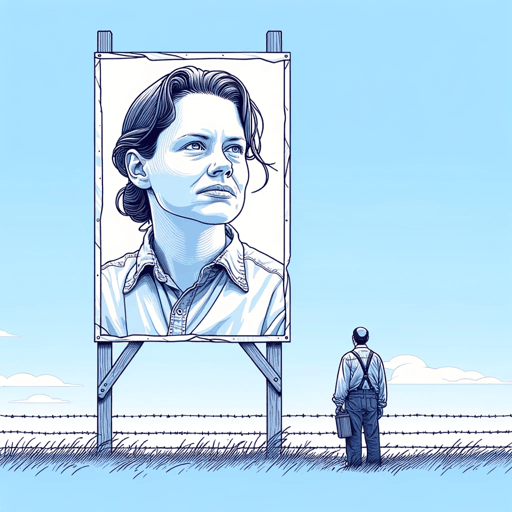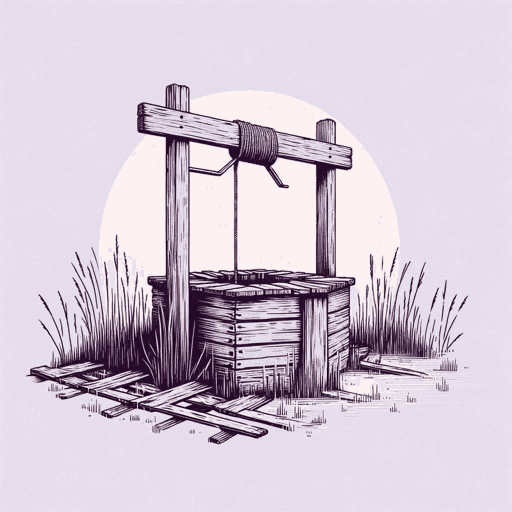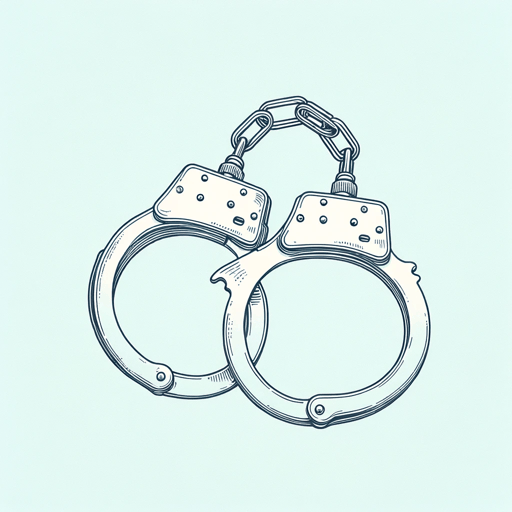40 pages • 1 hour read
Stephen KingRita Hayworth and Shawshank Redemption
Fiction | Novella | Adult | Published in 1982A modern alternative to SparkNotes and CliffsNotes, SuperSummary offers high-quality Study Guides with detailed chapter summaries and analysis of major themes, characters, and more.
Themes
Institutional Injustice and Corruption
In many of his works, such as Firestarter (1980), The Running Man (1982), The Long Walk (1979), and The Stand (1978), King explores the concept of corrupt authority. Often, a protagonist who is fundamentally good is treated unfairly and violently by a higher body, such as a toxic government or institution. In the process, they prove their mettle and resilience. Rita Hayworth and Shawshank Redemption falls into this tradition. Andy Dufresne is an innocent man, his trial an unjust spectacle. It is manipulated by a corrupt district attorney who cares more about political clout than justice. The system fails Andy. The media has determined that Andy is guilty; therefore, the DA needs to prove this rather than allow for the truth or risk compromising his own ambitions.
Warden Norton represents the worst of institutional corruption. Norton uses the prison as a personal money-making operation for himself. As Red says: “Norton was right in there on every operation, thirty-year church-pin and all; from cutting pulp to digging storm-drains to laying new culverts under state highways, there was Norton, skimming off the top” (51). Norton profits off the drugging of prisoners. He oversees an illicit drug-trade operation within the prison as prisoners are provided codeine pills, taking a cut from the distribution of pills.
Related Titles
By Stephen King

11.22.63
Stephen King

1408
Stephen King

Bag of Bones
Stephen King

Billy Summers
Stephen King

Carrie
Stephen King

Children of the Corn
Stephen King

Cujo
Stephen King

Different Seasons
Stephen King

Doctor Sleep
Stephen King

Dolores Claiborne
Stephen King

Duma Key
Stephen King

Elevation: A Novel
Stephen King

End of Watch
Stephen King

Fairy Tale
Stephen King

Finders Keepers
Stephen King

Firestarter
Stephen King

From a Buick 8
Stephen King

Full Dark, No Stars
Stephen King

Gerald's Game
Stephen King

Gwendy's Button Box
Stephen King, Richard Chizmar

